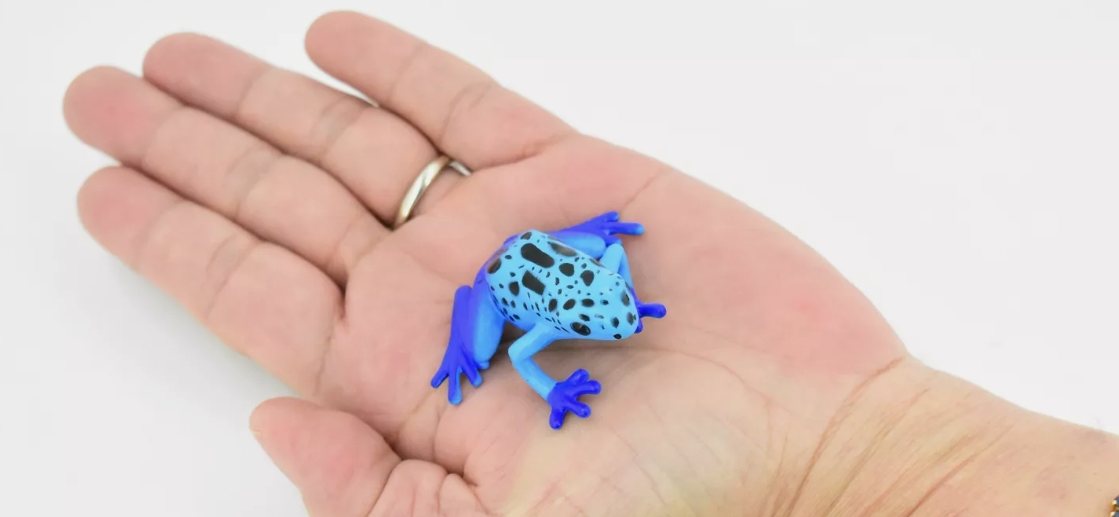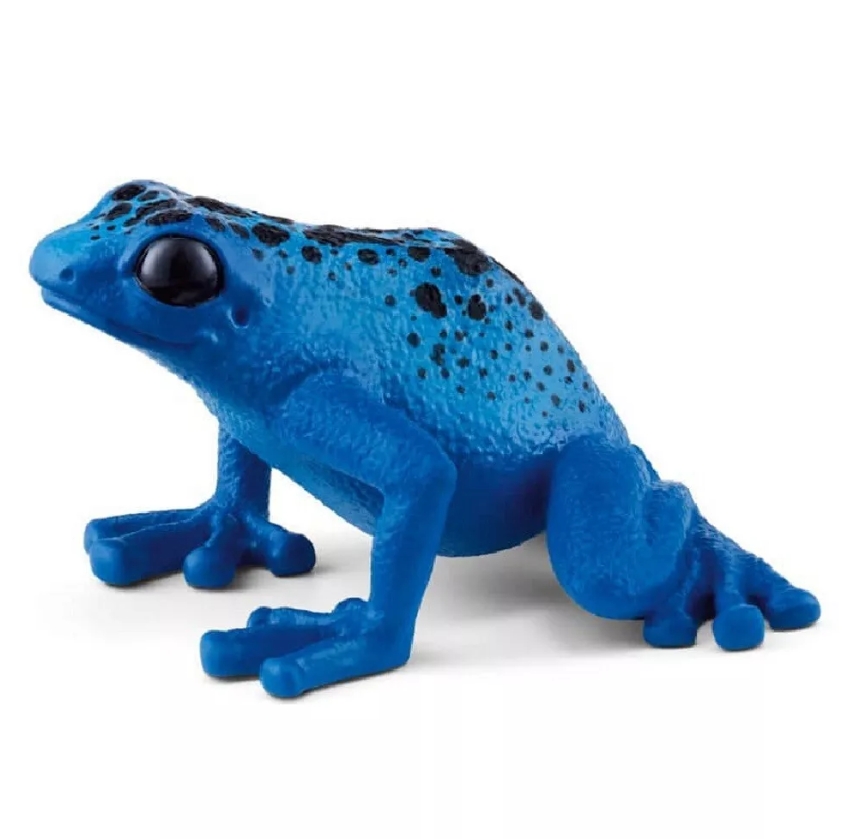Poison dart frogs are small, colorful amphibians known for their unique toxicity and colorful appearance. The frogs are usually between 2 and 6 centimeters long, and their bodies are covered with bright pigments that form contrasting patterns, usually yellow, green, red, or blue. The bright colors not only attract attention, but also serve as a warning, alerting natural enemies to the toxins in their bodies.
The main source of poison frogs' toxicity is their diet. In their natural environment, they usually feed on small insects, especially ants and beetles. The toxins contained in these insects accumulate in the frog's body, making the poison dart frog itself extremely toxic. The toxin can be deadly to predators, and in some cases can quickly trigger muscle paralysis or cardiac arrest.
Different species of poison dart frogs have their own unique toxins. For example, the famous golden dart poison frog, whose toxin is considered to be one of the strongest in the world,can kill in a short time. However,in artificially domesticated environments,poison frogs can become significantly less toxic or almost disappear due to lack of access to their natural food sources. This phenomenon reveals the important role of environmental factors in the toxicity of species.
In addition to their toxicity,poison dart frogs also play an important role in the ecosystem. As predators,they help control insect populations while serving as a link in the food chain, providing food for other animals. In addition,poison dart frogs have a distinctive reproductive behavior. The female frog lays her eggs at the water's edge. After the eggs hatch,the male frog takes care of the tadpoles to ensure their safe growth.
Although poison dart frogs have a place in nature because of their unique survival strategies,habitat destruction and climate change pose a threat to their survival. Protecting poison dart frogs and their habitat not only helps maintain biodiversity.




